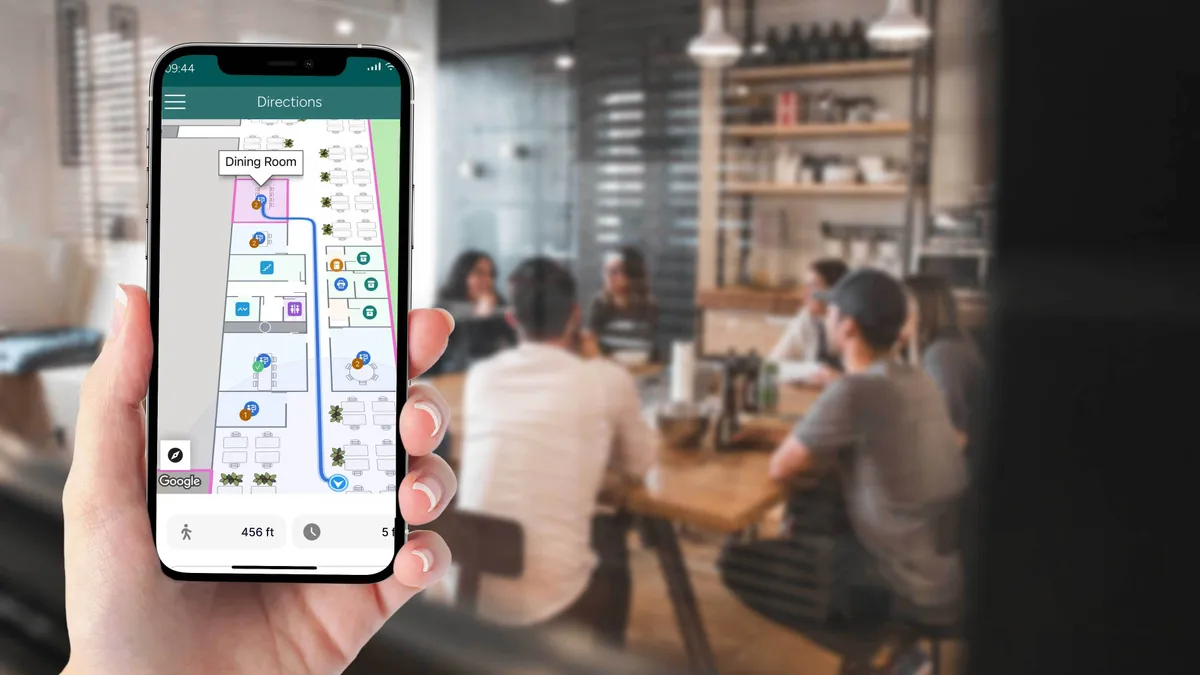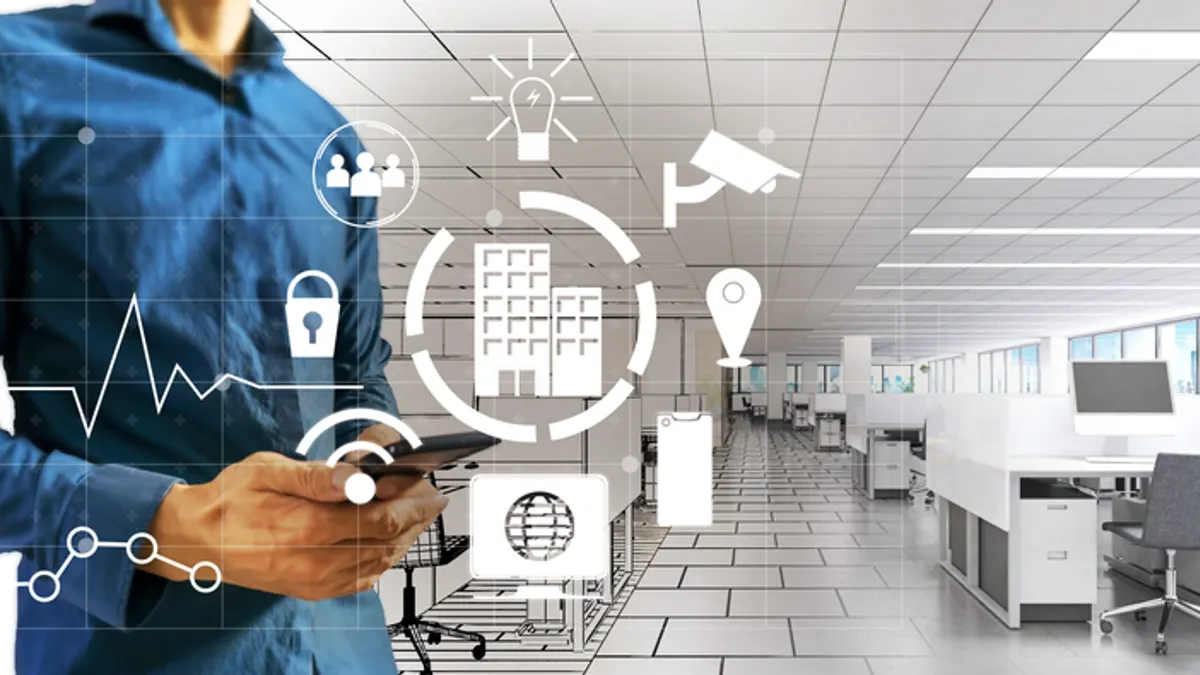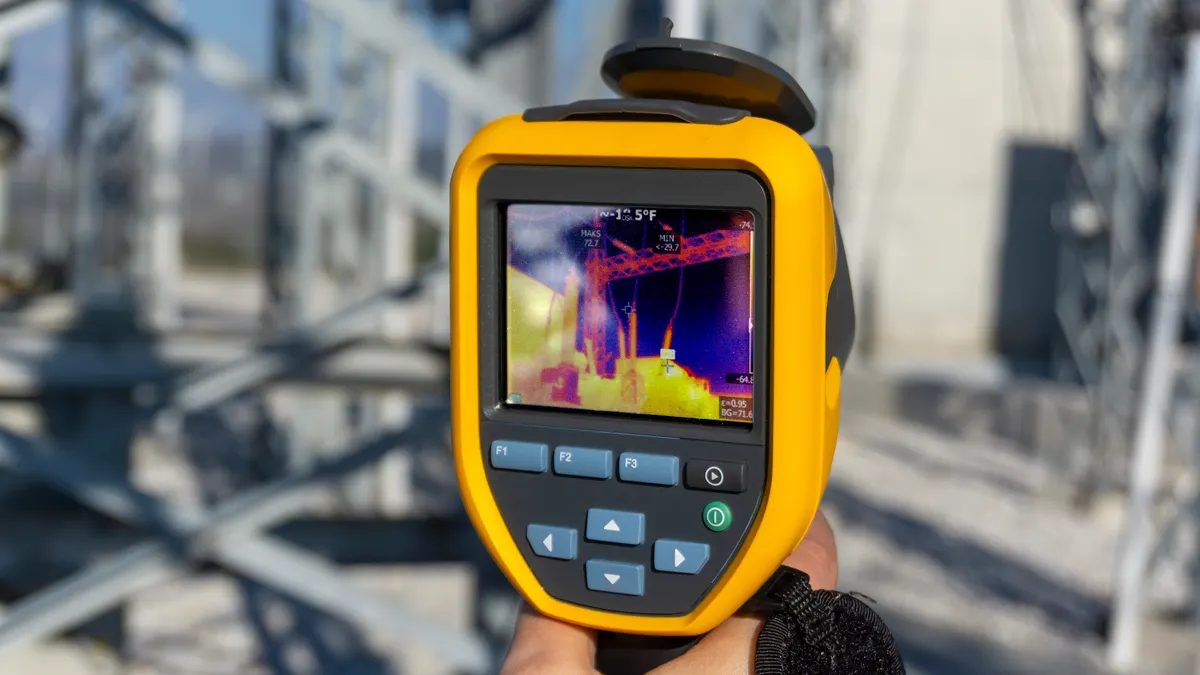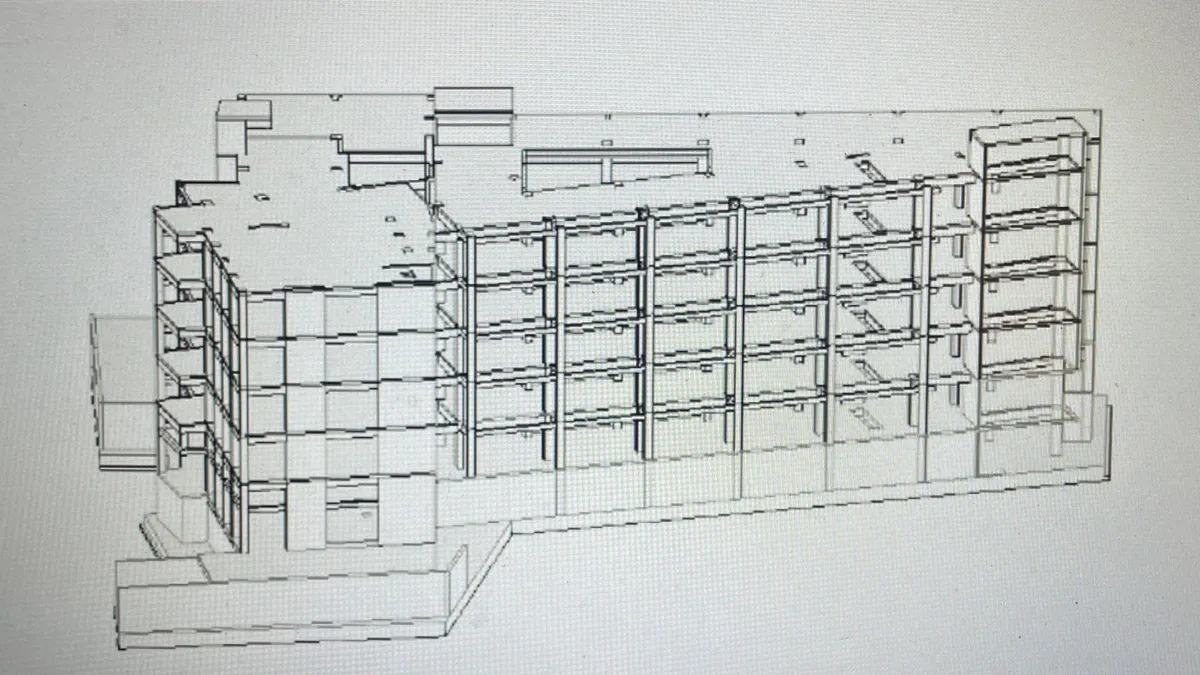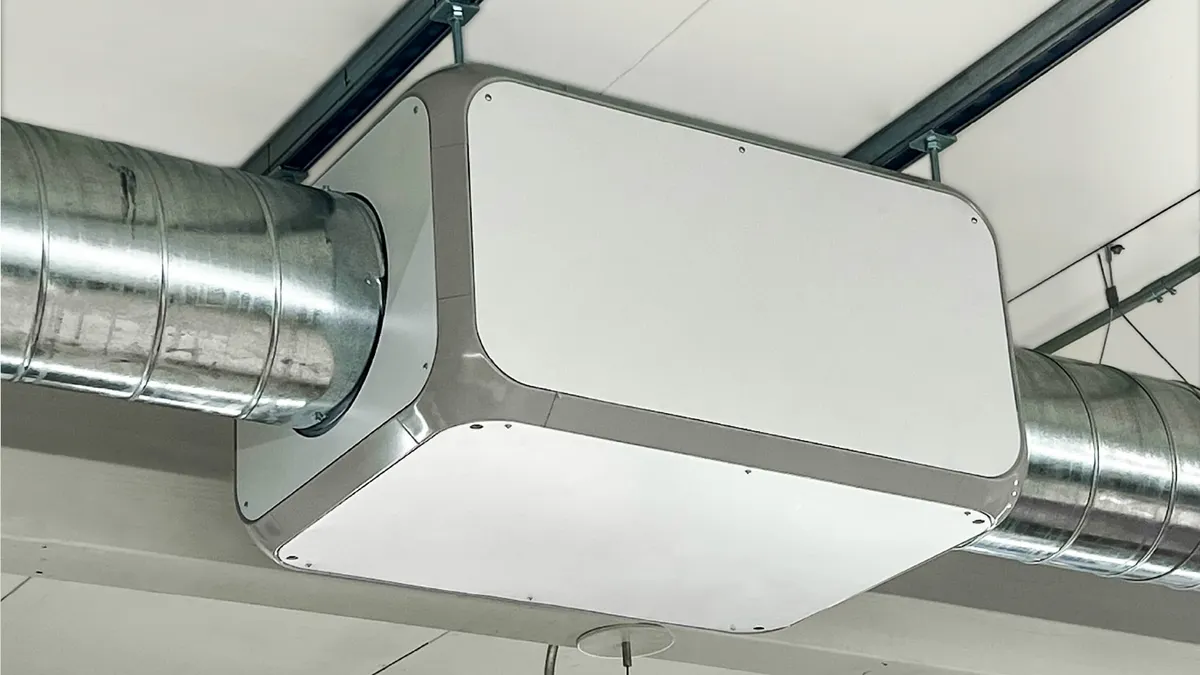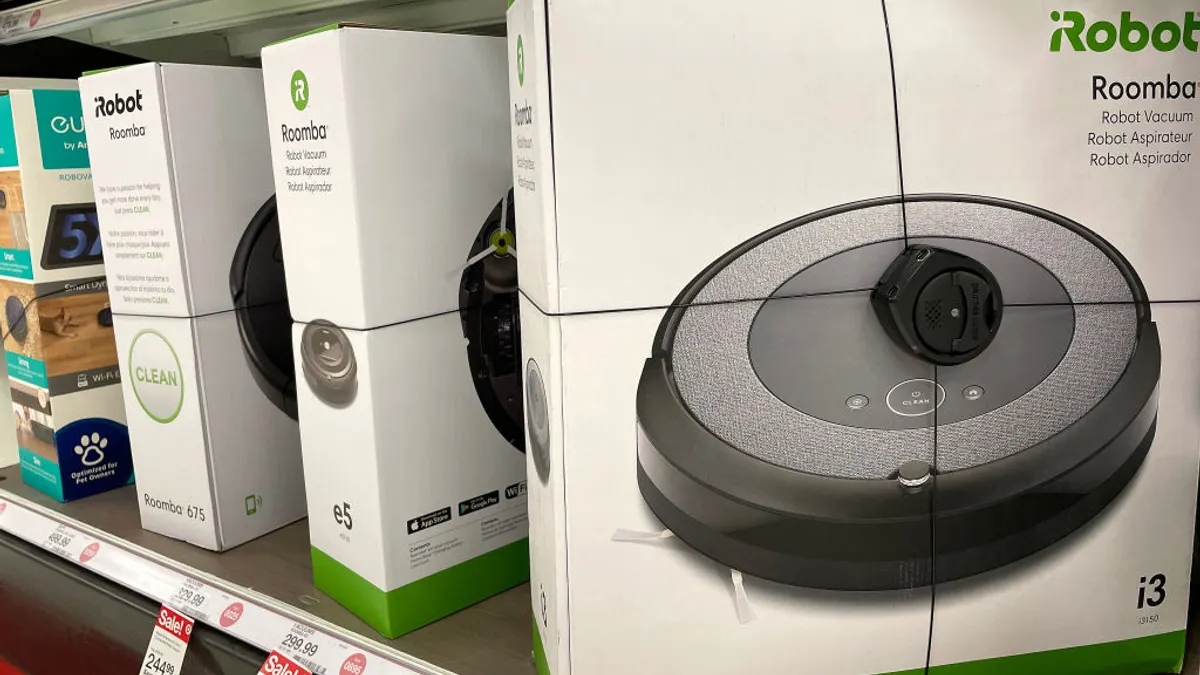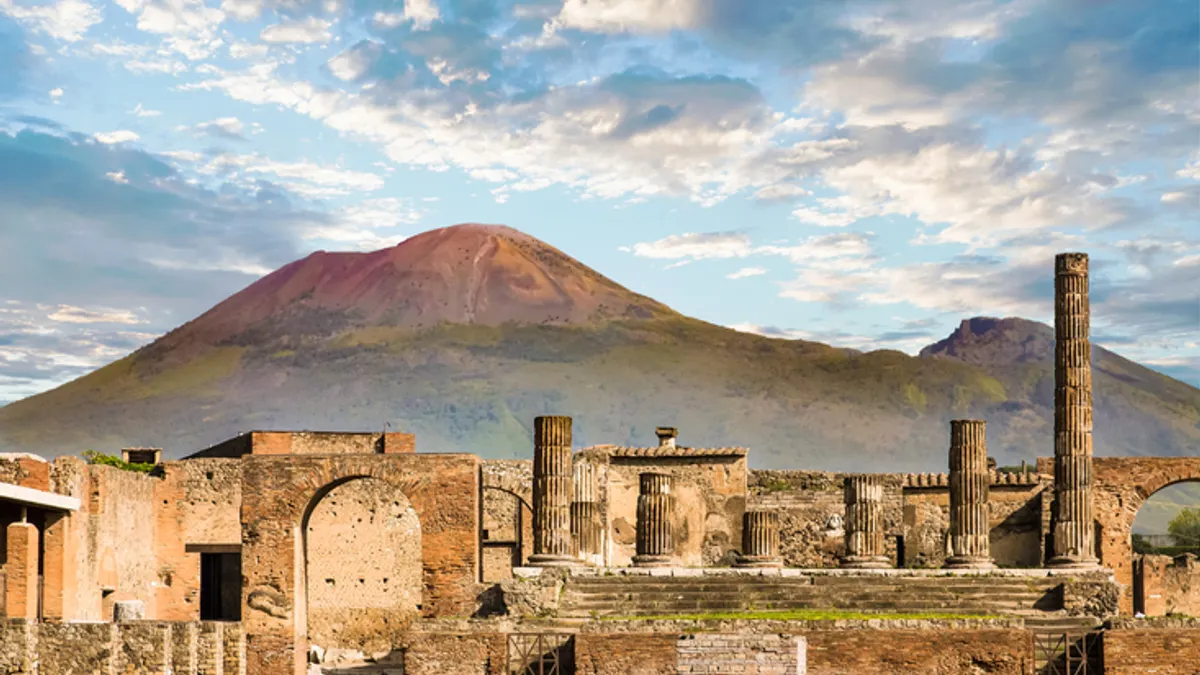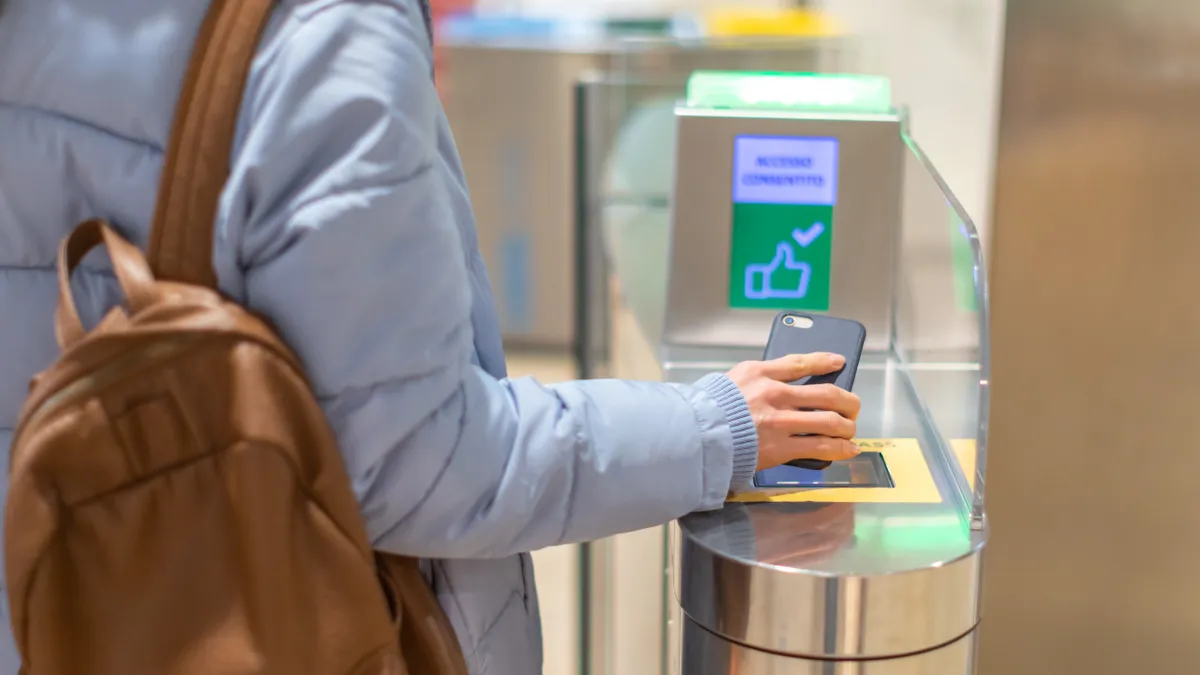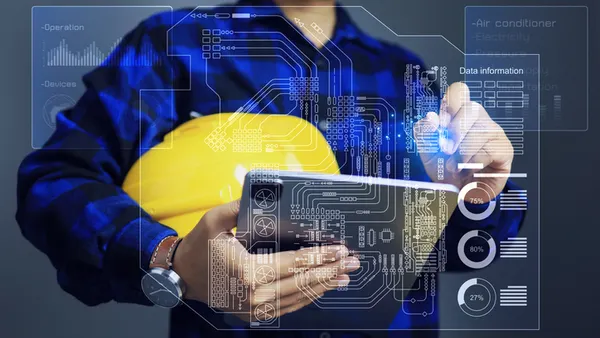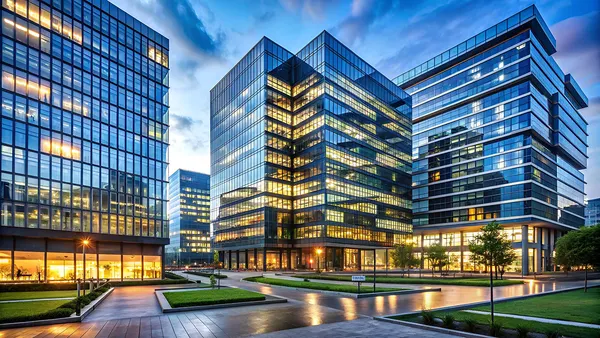The COVID-19 pandemic emptied many large public facilities in early 2020 while people pivoted to work, learn, shop and eat restaurant food at home. Since then, the world has slowly returned to in-person workplaces, stores, airports and all other facilities. But the spaces and how people interact with them have changed.
Indoor mapping company MapsPeople has been working to advance its use of new technology and adapt to changing public behavior. The Denmark-based company recently reached an agreement to acquire all of the U.S.-based Point Inside’s customer contracts and indoor mapping assets, which include indoor maps for more than 1,800 U.S. shopping malls and 200 airports worldwide. The acquisition will facilitate the addition of point-of-interest data for location-based services, last-mile delivery services, travelers and retail clients to MapsPeople’s mapping and wayfinding products for large venues, according to the Point Inside website. In addition, it has been working to integrate building information — including occupancy, air quality, temperature and workplace controls — into its maps to further connect its products with smart building management.
Morten Brøgger became CEO of MapsPeople in November 2022 after nearly five years as CEO of Wire, a communications platform headquartered in Berlin. Facilities Dive spoke with Brøgger about MapsPeople’s future, the Point Inside asset acquisition, changes in the retail sector and how maps drive tenant satisfaction and operational efficiencies.
Editor’s note: This interview has been edited for length and clarity.
FACILITIES DIVE: Can you give me a rundown about MapsPeople and the services you provide?

MORTEN BRØGGER: MapsPeople has a long history. It used to make old-school maps and then basically reinvented itself because of the rise of technology. Today, MapsPeople makes digital maps and primarily indoor maps. From a mission and vision point of view, we map the built world. These indoor maps that we call MapsIndoors we believe [are] fairly advanced. We can build them on either Google technology or Mapbox technology. We do referencing so that you can use [the maps] for when you navigate [and for] wayfinding. You can actually go [from] outside [a building] to inside. You can also go inside out. Imagine getting an Uber in an airport. The signage is always [bad for finding the pickup spot], so there's a lot of inside-out use cases when it comes to navigating as well, not just outside-in. The map in itself is a cue reference and using the Google technology and geo-referencing, it fits into the bigger map. Then [we can add] a set of layers on top. We have integrations with the integrated building management system, so that which desks or screens are in the room can be added and automatically updated in real time. Then you can add different furniture and you have a content management system. You can change things yourself, and you can even serve some different things, like, “looking for a hot dog,” and you get food.
But the real cool thing is that we also have a set of integrations [with] smart buildings. Whether it is a software application for a desk booking, or meeting room booking, [or] you can find a building that you want to be in, you can find a floor, and I can figure out where [someone] is. I can pick a desk next to them that is available. We have partners with those [companies] that use our map because these software applications display data in real time on top of the map, just like hardware integrations.
[We have APIs for] occupancy sensors, temperature sensors, air quality sensors or [other] kinds of sensors, so that they can basically go [and] display the status in real time on the map. So, it’s way more automated and way easier to operate. You can start building in augmented reality and artificial intelligence to basically manage your buildings. It's super fast, cheap to build and to update because of our technology of converting things. It has all these layers where it integrates to fundamentally everything. And it’s multipurpose, so you [only] need one map or one digital twin of a building, and you can have multiple use cases on top of it. Then, it displays the data in real time on top of that.
You took over as CEO less than a year ago. What are the main goals and biggest challenges you have been working on?
We are a platform-as-a-service. We don't build all these applications ourselves. It just doesn't work and doesn't scale that well. [That is] what we're working to optimize through [our] channels and different partners.
We have two kinds of partners. One is what we call an OEM [original equipment manufacturer]. That's the one who makes the application that needs a map, and then you insert the Indoor Map in that application. They are the descriptions of the world. They are asset tracking, so you can find the X-ray machine at the airport or the wheelchair at the hospital. They are the sensor provider for occupancy sensors and these things. They are the consumer application for SoFi Stadium in LA and stuff like that. We also have some direct customers who are so big that they are their own application providers. That's the same thing that fits into the app.
The other category of partners is what I call system integrators. They build an app on behalf of the customer and they take different apps from our partner ecosystem and solve a combined need for the customer. How do we fine-tune that? How do we make it easier and faster, from contract to cash, on behalf of the partner? We make it super easy to set it up and make it very fast and efficient to make the maps and to update. We have unlimited updates of the map included in our solution. And then make sure that it needs to look really cool. Because in the end, there's a person like you and me. We like to look at nice stuff, right? These are the things that we've been working on, both on the product and on the go-to-market side. And continuing to build an ecosystem of partners every month.
Can you talk about your acquisition of Point Inside earlier this year?
We're doing very well on the office side, and we're seeing a lot of acceleration in health care, driving all these other smart building energy efficiencies. Sport venues, conferencing and hospitality are coming back, like parks and hotels and golf resorts and airports. But we've always felt that there was a lot to do on the retail side, and it was really hard to figure out how that was going to happen. I would say they're probably the last [type of facility] bouncing back post-COVID. But now, retail is starting to work out, so we need to put our hand a little bit on the stove and, and feel what's going on in there and make sure we're in [the sector]. We got this opportunity, [as] something that financially makes sense for us, to buy the assets of Point Inside, which included maps of I think 1,877 shopping malls, 300 airports and some home improvement stores as well.
[We got the opportunity] to build these showcases that we talked about, not just for ourselves, but also with our partner ecosystem. We've been speaking to quite a few super, super interesting partners in that space, which includes wayfinding navigation, but actually [also] started building it into some element of augmented reality in the beginning from the device, so that you can easily find stuff.
When you use Google Maps and you go outside, you [zoom out], and then you can see the streets and it can help you go to all the stuff, which is a kind of an augmented reality. All this stuff is coming to the retail side now. We're signing up [companies] and working with them and making some showcases so that we can show retail what they can do. Because for retail, it's really about, how do you maximize the revenue for the square footage of real estate that you have? How do you make sure that the customers go through this with a great customer experience, so that they come back to all the things that we're going to try helping them with?
What are the big things that you've learned from your past that you're looking to bring into that retail sector?
There’s a paradigm shift coming from just having a map so you can find the Foot Locker, or something like that. It needs to be a different experience. It needs to give you an experience. It needs to look good. It needs to integrate with some experience that you know, like augmented reality. I think there's a paradigm shift in that, and then there's a massive amount of use cases around this.
We're working with last-mile delivery. Imagine the Amazon guy who has to pick up three packages and deliver two packages in the shopping mall. If you can tell him which entrance to park at, and then which sequence to pick up and deliver things, that will help him be very efficient. [Right now] the last mile delivery fundamentally doesn't really connect the outdoor world with the indoor world, when the [indoor] world is complex. There's not really a map that's integrated.
The other [use case] is interesting. When I go to Target on a Saturday morning, it's filled with Target employees who are running around with two or three shopping carts, picking goods for the curbside pickup. It doesn't look like they have an organized route of picking habits. They have a picking list, and they need to know what's the fastest [route]. There's so much you can do by deploying this technology here, both from the consumer experience, but also some of the new reality, things like curbside pickup. I'm coming to pick it up in an hour. How do we make sure that it's efficient?
What are the hardest challenges when it comes to integrating into all the other pieces that are running in a building that aren't so obvious?
The hardest thing is getting your partners up and running and then integrated into the application. But first, to help onboard a new customer is actually pretty efficient. This is such a new industry, and this indoor map and digital twin [technology] connects the same things in [our] world. It's so new, that it's also fairly inefficient [in] the way that it's done.
I'm on temperature sensors. We set them up, we find a vendor for the temperature sensors, but we need to have a map so we can see that and display [the data]. Then we also need an occupancy sensor, then we find a vendor for that. It's not necessarily saying that they also want an app to do that. You want someone who does desk booking, then you want something that does some other facilities things that you want to get [as] your fundamentals. So you go and find the functionality that you're looking for. And they all require a map.
The digital twin or the indoor map, in my opinion, is a piece of infrastructure that is shared with the services that you can put on top. That's exactly why we build it the way we have it with these different layers. It has these open APIs that all these things should come in. If you are managing a building, owning a building or building a new building, I think that digital twins would be a piece of infrastructure that is built from the beginning. And that is updated and ideally integrated into the integrated workplace management system or facility management system so that it can be updated, fully automatically, with the machine learning capabilities we have. That will drive down cost and speed up [deployment of] new services and reduce costs of operating all these servers if you start sharing that infrastructure.
What are the most important ways that you can make maps easier, more of an experience and actually provide value to the end user?
I really think it's a visual experience that you have, that you can follow and lead with that. It's not like now, [where] you have an old digitized version of a map bar or CAD drawing. I can find my thing, but it's not engaging. If you can make it for the end users. That is not the operator of the solution, because they may want different details and need to have different views, some of them actually want to see it in a CAD form. And you can flick it on and off. If someone wants to see it in 2D, or wants to see it in 3D, in our service you can actually flick it back and forth to whichever you want to see.
But for the end users like you and me, we'd like to see something that is as sexy as anything else we see on this device. That's what we want, and that's how you catch new audiences. That's how you keep them engaged, and that's how you make them come back and thereby use the application and use services that have this mapping. That's how you get paid back on your investment as an employer at a hospital or some[where] else. There's so much cool stuff going on, which fundamentally helps to drive efficiency on how you operate and manage buildings, but also the efficiency on how the building can optimize a lot of processes that go on in the business. We all know that driving efficiency is actually what drives growth and wealth in society. We have to make things faster and better than we did yesterday because that is what is creating wealth for society. In my opinion, buildings have been under-invested from a technology point of view compared to any other function in the business for the last many years. That is changing right now. I think there's a lot of technology going into buildings now. The smart building actually is a very accurate term these days.
What are your big goals and things that you want to undertake moving forward?
We launched our 3D mapping, and you will see a lot of that angle from us this year. I think below the surface, we need to be more efficient, more sexy and easier to work. Shorter contact to value on behalf of our partners. We want to be the best. We want to help them solve things. We want to make sure that whatever they’re doing is worth more for the end customer, so that they sell more of the solutions. Because we help them look sexy, we help them have a good user experience and a strong business case. It’s about expanding that partner footprint in a lot of different verticals.



